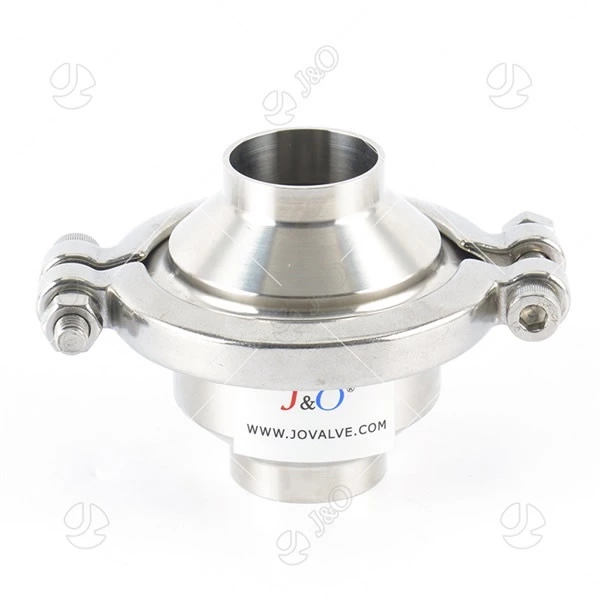Stainless Steel Mirror Tube Polishing Process
Sanitary Valve the process can be generally divided into two parts: grinding and polishing. The following is a specific introduction to the polishing process of stainless steel mirror tubes.
1. Grinding
The main goal of grinding stainless steel welded parts is to remove the weld points and achieve a surface roughness of R10um for the workpiece to prepare for polishing!
In general, the grinding part has three processes: rough grinding, semi-finishing grinding, and fine grinding. Three surfaces: two sides and one edge. Nine polishing machines and twenty-seven adjustment mechanisms. The detailed description is as follows:
1. Visually inspect the workpiece that has been transferred to the polishing process in the previous process, such as whether the weld has leaks, weld penetration, uneven depth of weld points, too far away from the joint, local depression, uneven docking, deep scratches, bumps, severe deformation, etc., which cannot be remedied in this process. If there are the above defects, return to the previous process for repair. If there are no such defects, enter this polishing process.
2. Rough grinding: Use a 600# abrasive belt to grind the workpiece back and forth on three sides. The goal of this process is to remove the welds left by the workpiece welding and the bruises in the previous process, so that the weld fillet is initially formed. There are basically no large scratches and bruises on the horizontal and vertical surfaces. After this process, the surface roughness of the workpiece should reach R0.8mm. Pay attention to the inclination angle of the abrasive belt machine and control the pressure of the abrasive belt machine on the workpiece during the polishing process. Generally speaking, it is more appropriate to form a straight line with the polished surface!
3. Semi-finishing grinding: Use an 800# abrasive belt to grind the three sides of the workpiece according to the previous method of grinding the workpiece back and forth. It is mainly to correct the joints in the previous process and further fine-grind the marks produced after rough grinding. The marks left in the previous process should be repeatedly ground to achieve no scratches on the workpiece surface and basically brighten it. The surface roughness of this process should reach R0.4mm. (Note that this process should not produce new scratches and bruises, because such defects cannot be repaired in the following processes.)
4. Fine grinding, using a 1000# sanding belt is mainly used to correct the fine lines that appeared in the previous process. The grinding method is the same as above. The goal of this process is to basically eliminate the joints between the grinding part and the unground part of the workpiece, and the surface of the workpiece is further brightened. The workpiece after grinding through this process should be basically close to the mirror effect, and the surface roughness of the workpiece should be able to reach R0.1mm
Mirror tube
Use a wool wheel driven by a high-speed motor (available on the market) and cooperate with Daqing wax to mirror polish the workpiece according to the previous polishing method. The main purpose of this process is to mirror polish the workpiece after the previous polishing processes, rather than further grinding. Note that during this step, do not rub the polishing wax onto the covering film on the surface of the workpiece, and be careful not to damage the covering film.
